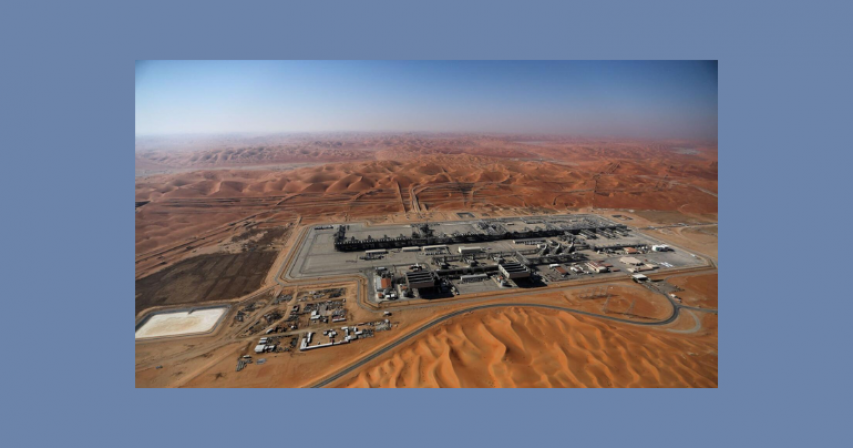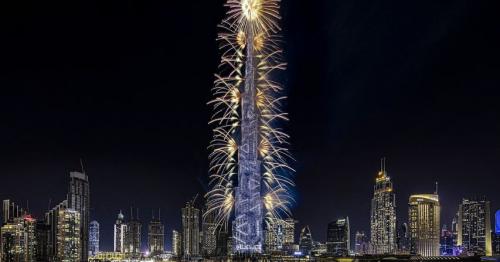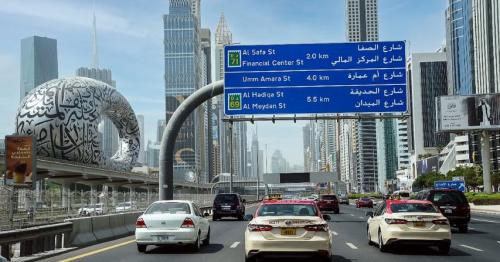Saudi Aramco Halts Production Increase, Signals Strategic Pivot

Saudi Arabia has directed state-owned energy giant Aramco to maintain its oil production capacity at 12 million barrels per day (bpd), scrapping the previously planned increase to 13 million bpd, the company announced on Tuesday. The decision represents a shift from the October 2021 announcement where Aramco aimed to achieve the 13 million bpd target by 2027. The move is seen as a strategic response to uncertainties in global demand and signals a reevaluation of capital spending priorities. Aramco's profits, crucial for Saudi Arabia's economic initiatives like Vision 2030, will be detailed in its full-year 2023 results to be announced in March.
Saudi Directive Alters Aramco's Production Plans
Saudi Arabia, the world's leading crude exporter, has instructed Aramco to maintain its Maximum Sustainable Capacity (MSC) at 12 million bpd, abandoning the initially proposed increase. The directive from the Ministry of Energy marks a significant shift in Aramco's strategy, which had earlier aimed to boost production to 13 million bpd by 2027. The decision comes amid uncertainties in the global oil market and a reassessment of the economic viability of such an expansion.
Impact on Capital Spending and Vision 2030
Aramco revealed that it would update its capital spending guidance in March 2023, aligning with the release of its full-year financial results. This adjustment has broader implications for Saudi Arabia's Vision 2030, a comprehensive reform program led by Crown Prince Mohammed bin Salman. The country's economic and social transformation is heavily reliant on Aramco's profitability, and the decision to maintain current production levels suggests a cautious approach to future investments.
Saudi Arabia's Energy Transition and Global Skepticism
The initial plan to increase production had coincided with Saudi Arabia's announcement in October 2021 to achieve net-zero carbon emissions by 2060. The ambitious environmental target faced skepticism from environmental activists. The decision to maintain the current production capacity suggests a nuanced approach, indicating a level of uncertainty about the global demand for additional capacity and the associated investments.
Financial Adjustments and Environmental Commitments
In a surprising move, Aramco significantly increased funding for its venture capital arm, Aramco Ventures, from $3 billion to $7 billion earlier this month. This reallocation of funds aligns with a broader trend of diversification and adaptability to changing market dynamics. Aramco's commitment to achieving "operational net-zero" carbon emissions by 2050 remains unchanged. However, this commitment pertains primarily to emissions directly produced by Aramco's industrial sites, excluding emissions from the consumption of Saudi oil by end-users.
Analysts' Perspectives and Market Dynamics
Industry analysts suggest that Saudi Arabia's decision reflects a lack of confidence in the necessity for increased production capacity. Jamie Ingram, Senior Editor at the Middle East Economic Survey, emphasizes that Riyadh seems uncertain about the global need for such capacity, redirecting investments to areas with more assured returns. Justin Alexander, Director of Khalij Economics, describes the announcement as a "major development" given Saudi Arabia's substantial reserves, adequate capital, and low development costs.
Immediate Effects and Global Oil Market Dynamics
The decision is not expected to have an immediate impact on production or exports. Following oil supply cuts since October 2022, Saudi Arabia's current daily production stands at approximately nine million bpd, well below its capacity of 12 million bpd. Despite lower prices affecting profits in the third quarter of 2022, Aramco reported record profits for the year due to surging oil prices driven by geopolitical events.
Conclusion: A Strategic Pivot for Aramco
Saudi Aramco's decision to halt the planned production increase signifies a strategic pivot influenced by changing market dynamics, global uncertainties, and environmental considerations. The move reflects a pragmatic approach by Saudi Arabia, prioritizing financial stability and adapting to evolving industry and environmental landscapes. The updated capital spending guidance in March will provide further insights into Aramco's financial strategy and its role in shaping Saudi Arabia's economic future.
For More Related Updates Please Visit Our Official Website
By- Sahiba Suri






Comments